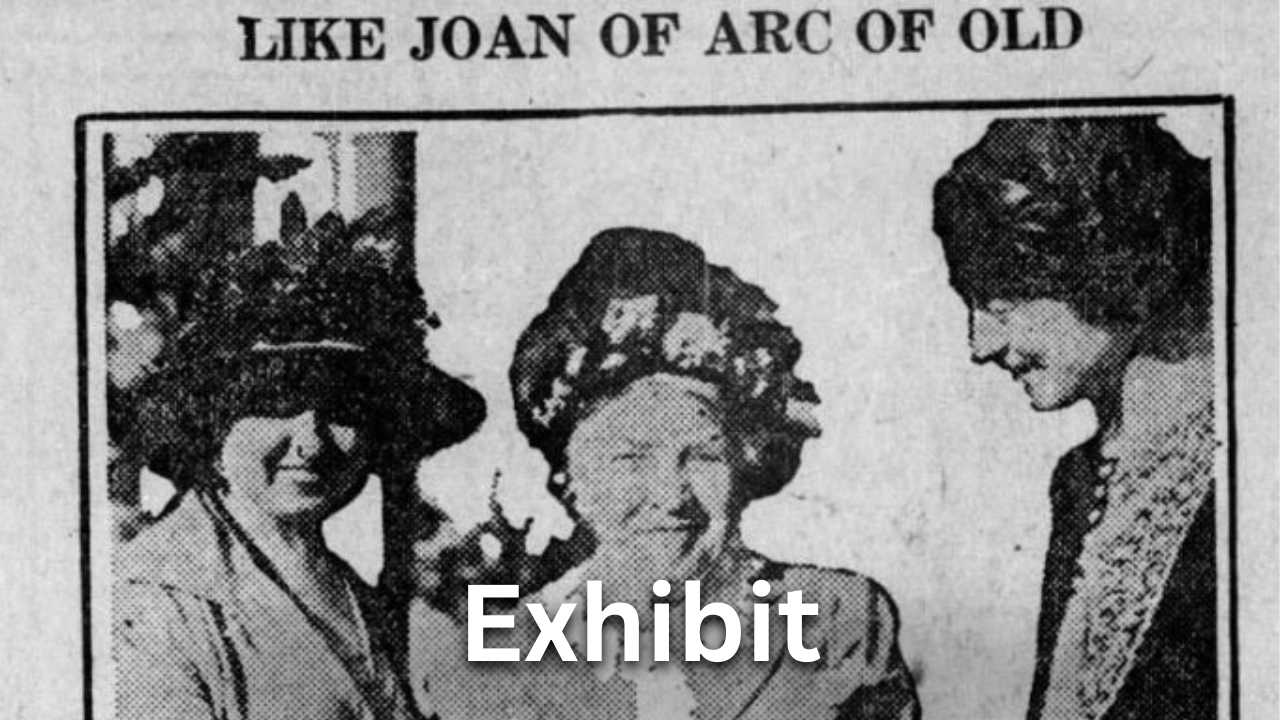
Exhibits
“Like Joan of Arc of Old”: The Origin of Health Care for Women Veterans
VA History Exhibit - While women have served in nearly all of America’s wars, some only achieved the right to Government-provided health care after World War One. This exhibit examines how women Veterans obtained admittance to the National Home for Disabled Volunteer Soldiers 100 years ago in 1923, and profiles what care looked like for these first women patients.
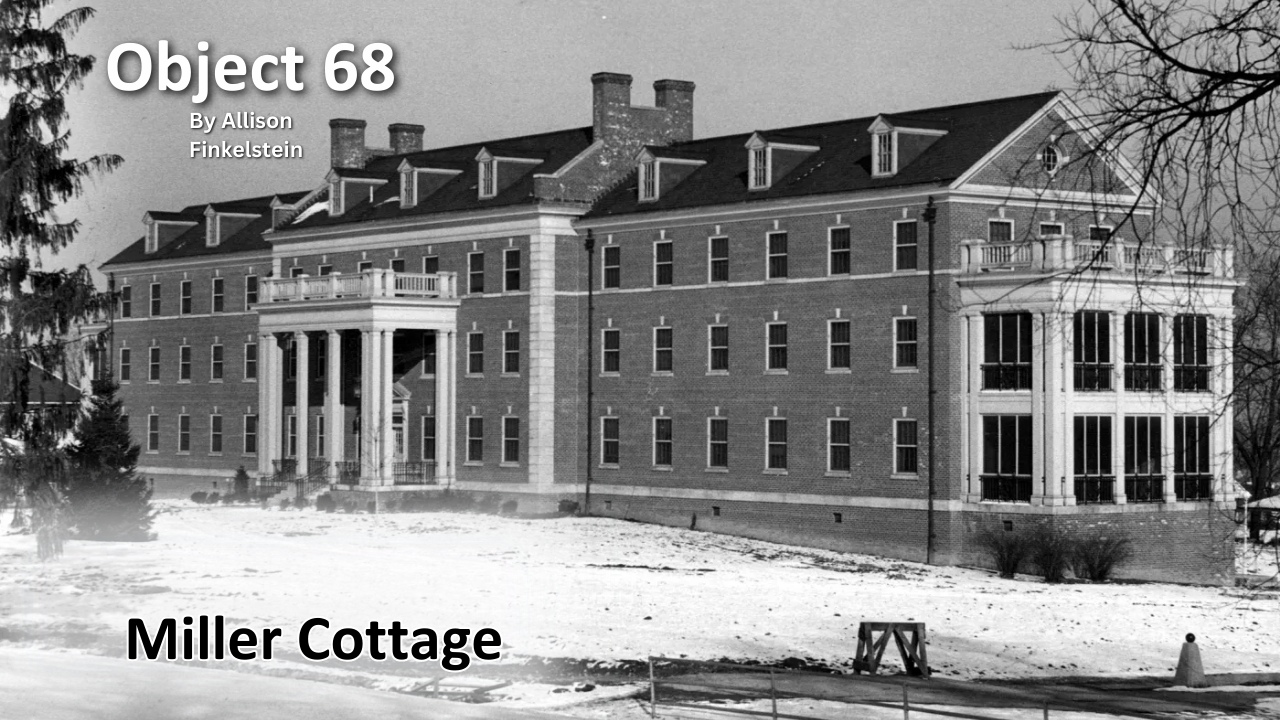
History of VA in 100 Objects
Object 68: Miller Cottage
At the VA Medical Center in Dayton, Ohio, Miller Cottage stands as a mostly forgotten reminder of women’s fight for inclusion in the benefits and health care system for Veterans. This long, multi-story brick building with a white-columned portico originated as a barracks built specifically to house female Veterans on the grounds of what was then called the Central Branch of the National Home for Disabled Volunteer Soldiers (NHDVS). The establishment of the residence represented a rare victory for the female Veterans of the First World War in their quest to obtain government support for all uniformed women who served and sacrificed during that conflict.
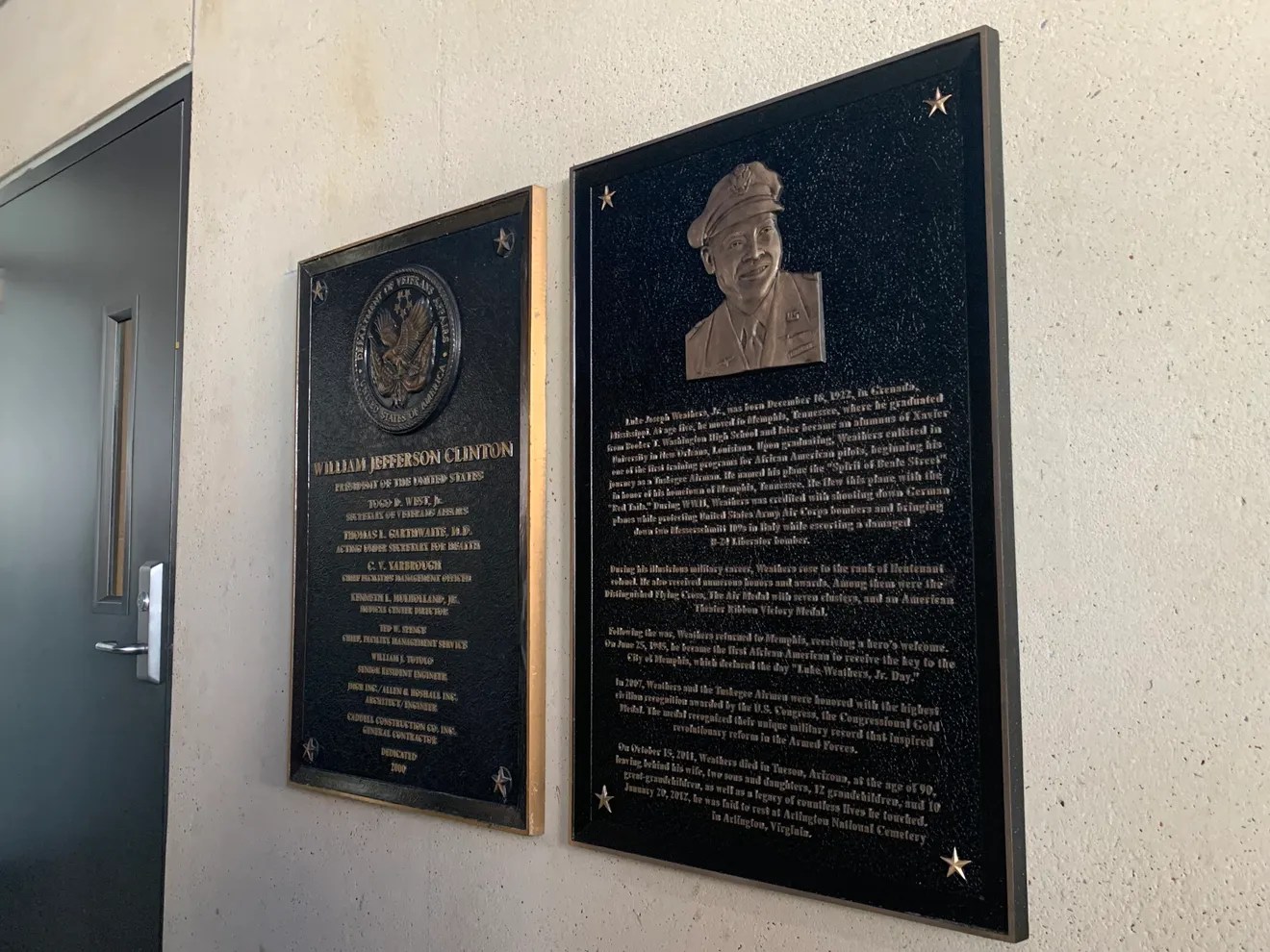
Featured Stories
Luke Weathers Jr.: Tuskegee Airman Gets VAMC Naming Honors
The Memphis VA Medical Center was officially renamed the Lt. Col. Luke Weathers, Jr. VAMC after the Memphis native and Tuskegee Airman who served in World War II and was the city's first African American air traffic controller.
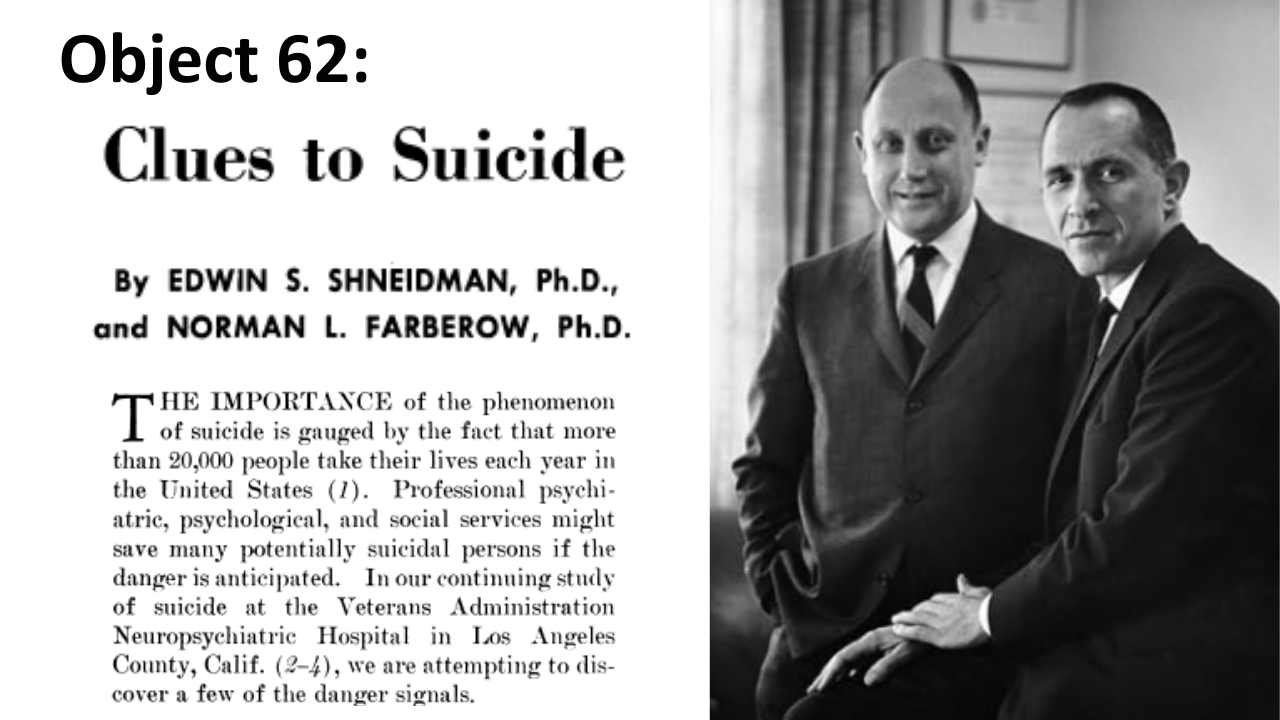
History of VA in 100 Objects
Object 62: 1956 “Clues to Suicide” Study
While suicide takes a toll on lives in every segment of society, Veterans in the post 9-11 era have statistically been more at risk than adults in the general population. VA’s efforts to combat the scourge of Veteran suicide owe a significant debt to the foundational research studies conducted by two VA psychologists in the 1950s. The work of Drs. Edwin S. Shneidman and Norman J. Farberow led to some of the earliest crisis intervention programs at VA and elsewhere and the establishment of the nation’s first dedicated Suicide Prevention Center in Los Angeles, California.
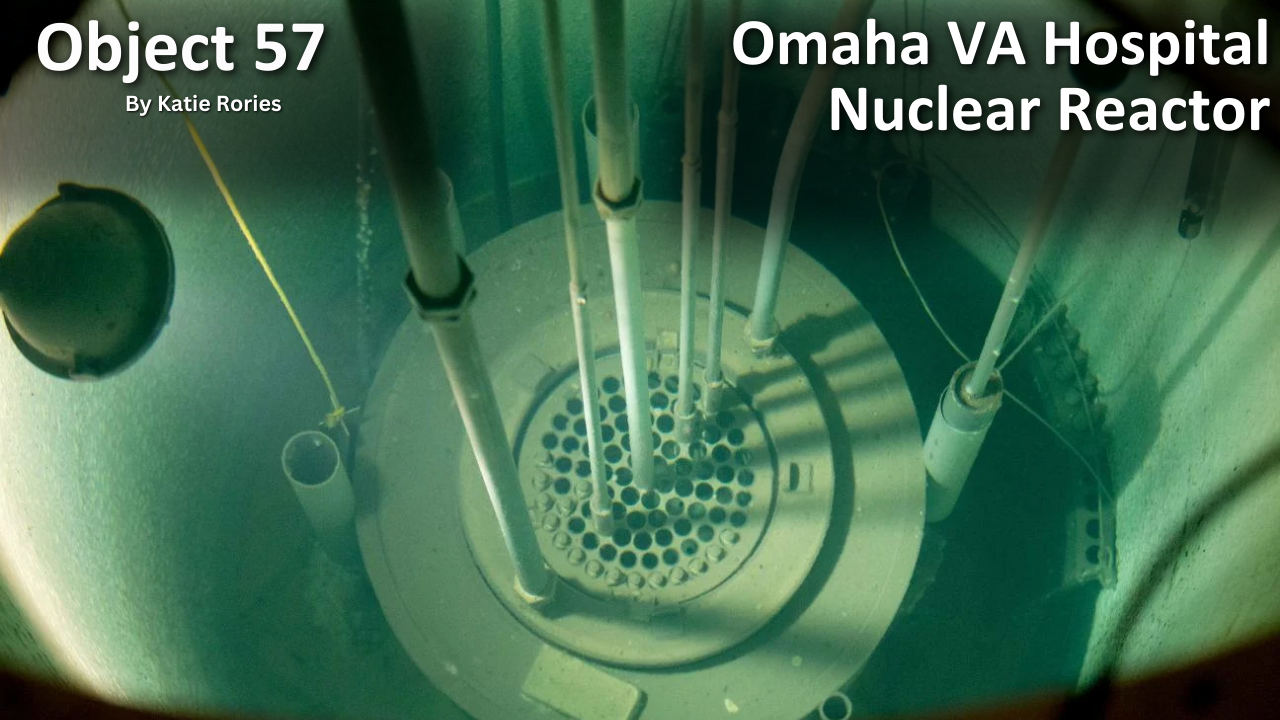
History of VA in 100 Objects
Object 57: Omaha VA Hospital Nuclear Reactor
In August 1945, the United States detonated atomic bombs over the Japanese cities of Hiroshima and Nagasaki, ending World War II and ushering in the dawn of the Atomic Age. Two years later, the Veterans Administrations started harnessing this technology for a very different purpose—to conduct medical research by installing a small nuclear reactor at the VA hospital in Omaha, Nebraska.
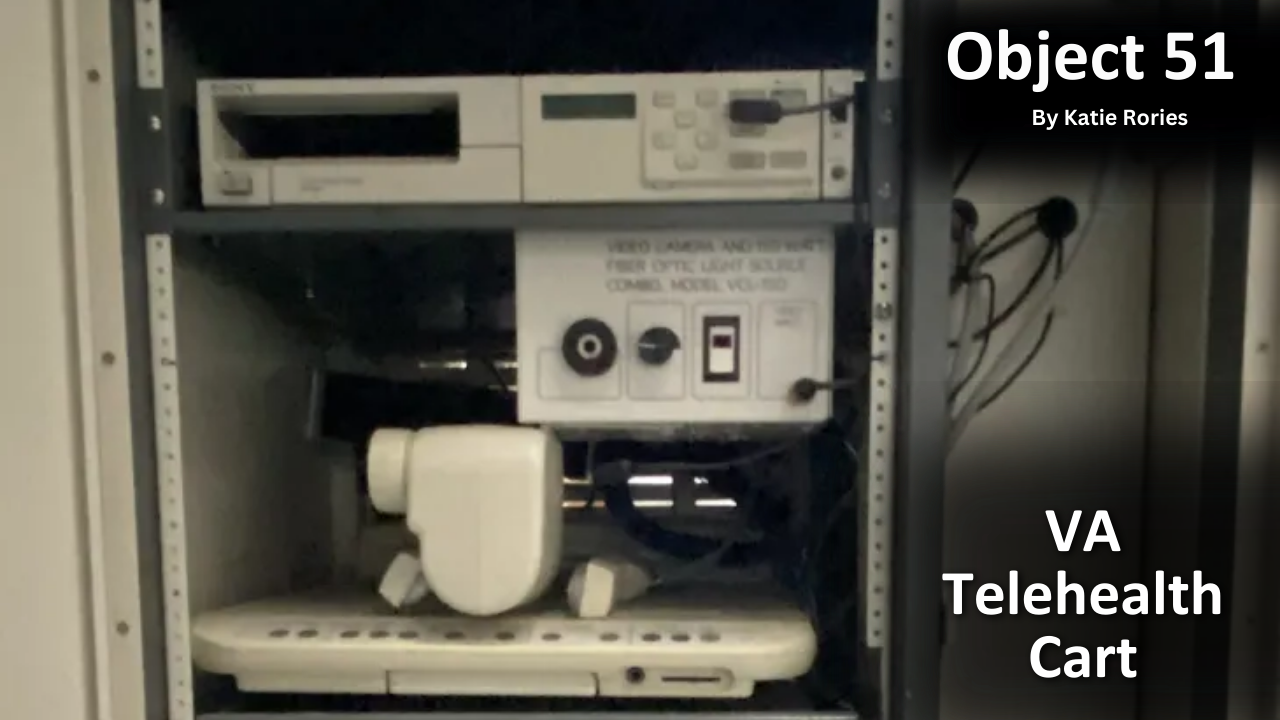
History of VA in 100 Objects
Object 51: VA Telehealth Cart
Long before high-speed internet networks made it fast and easy to transfer information, access services, and communicate with others the world over, VA had experimented with ways to deliver health care at a distance, such as with telehealth carts.

History of VA in 100 Objects
Object 43: Nurse Recruiting Poster
After World War II, the Veterans Administration faced a dire shortage of nurses. During the war, thousands of nurses and doctors left their positions in VA hospitals to join the armed forces. In early 1944 VA Administrator General Frank T. Hines reported a shortfall of roughly 1,000 nurses in 88 of the VA’s 94 hospitals.

History of VA in 100 Objects
Object 33: The Million Veteran Program
In May 2009, twelve VA doctors and scientists gathered in a small conference room in Rockville, Maryland, to brainstorm about the design of VA’s first-ever large-scale genetic research program, the Million Veteran Program. They wanted to collect medical information from Veterans along with blood samples to extract DNA, with the goal of creating a genomic biobank or database for researchers to explore how genes affect health and disease

History of VA in 100 Objects
Object 28: 3D Kidney Tumor
In early 2019, the VA Medical Center (VAMC) in Seattle, Washington, made a breakthrough - creating a 3D kidney tumor model to address a medical issue. A pending surgical procedure called for the removal of a tumor from a Veteran’s kidney, complicated by a unique congenital configuration of the veins and arteries.

History of VA in 100 Objects
Object 22: United States Veterans’ Bureau Medical Bulletin
In the space of just a few years following World War I, the U.S. government created an expansive health system for ex-servicemembers under the direction of a new and independent federal agency, the Veterans’ Bureau. A medical bulletin was soon published monthly featuring articles from the healthcare staff.




